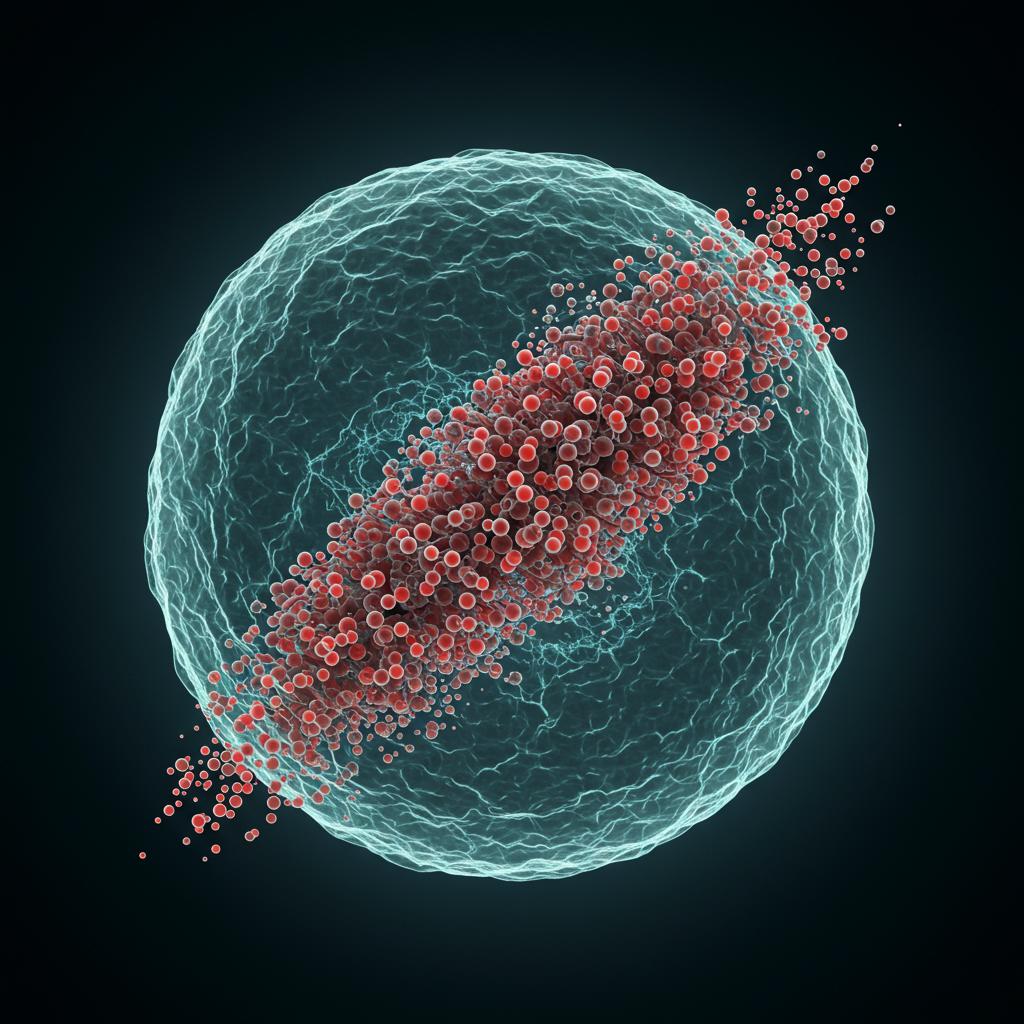
Peptides: Tiny molecules, immense potential in healthcare. You might not have heard much about them, but these remarkable little chains of amino acids are making big waves in the world of medicine. Over the past few decades, peptides have gained increasing attention as potential clinical therapeutics, offering a promising alternative to traditional small molecule drugs. Why all the excitement? Well, peptides possess some unique characteristics that make them incredibly versatile and effective.
Think of peptides as highly customizable tools. Scientists can fine-tune their structure to achieve very specific effects, like enhancing their ability to bind to target cells (high target affinity), improving their ability to distinguish between healthy and diseased cells (selectivity), minimizing the risk of triggering an immune response (low immunogenicity), and ensuring they can reach the tissues where they’re needed (satisfactory tissue penetration). This level of control makes them ideal candidates for treating a wide range of diseases.
- Targeted action: Peptides can be designed to precisely target specific cells or tissues, minimizing side effects on healthy parts of the body.
- Customizable design: Their structure can be tweaked to optimize properties like efficacy, stability, and delivery.
- Reduced immunogenicity: Peptides are generally less likely to trigger unwanted immune responses compared to larger biological molecules.
- Enhanced tissue penetration: They can be designed to effectively reach target tissues, improving their therapeutic impact.
Despite these advantages, peptides have faced certain hurdles. Challenges related to their physicochemical properties (how they behave in the body) and pharmacokinetics (how the body processes them) have somewhat limited their widespread clinical use. However, researchers are constantly working on innovative solutions to overcome these limitations. And the results are encouraging!
Recent reports indicate that over 400 peptides are currently undergoing clinical trials, and over 60 have already received approval for clinical use. This growing pipeline of peptide-based therapies speaks volumes about their potential to revolutionize modern healthcare. One area where peptides are showing particularly exciting promise is in cancer treatment. They’re not just acting as potent anti-cancer agents themselves; they’re also being used as adjuvants, enhancing the effectiveness of existing chemotherapy drugs and reducing their side effects.
- Direct anti-cancer activity: Some peptides can directly kill cancer cells or inhibit their growth.
- Targeted drug delivery: Peptides can be used to deliver chemotherapy drugs specifically to tumor sites, increasing their efficacy and reducing damage to healthy tissues.
- Side effect reduction: Peptides can help mitigate the harsh side effects often associated with conventional chemotherapy.
- Overcoming drug resistance: Peptides can enhance the ability of chemotherapy drugs to overcome drug resistance in cancer cells.
Researchers are exploring innovative strategies to optimize peptide therapies, focusing on both molecular modifications and improved drug delivery systems. For example, they are developing:
- Peptide bioconjugates: Linking peptides to other molecules like antibodies or nanoparticles to enhance their targeting and therapeutic effects.
- Nanovectorized therapeutics: Encapsulating peptides within nanoparticles to improve their stability, circulation time, and delivery to target tissues.
The future of peptide therapeutics is bright. As research continues to unravel their vast potential, we can expect to see a growing number of peptide-based drugs entering the market, offering new hope for patients battling a variety of diseases, especially cancer.
